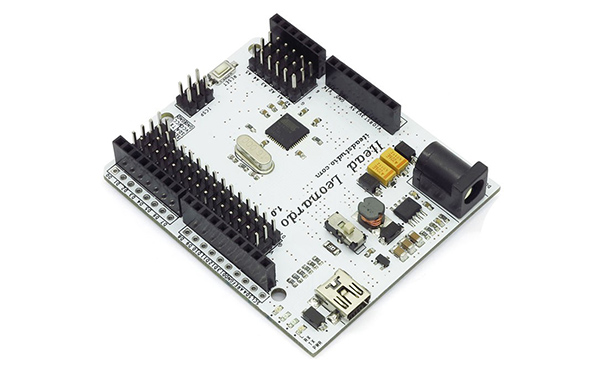Printed circuit board PCB surface treatment technology refers to the process of artificially forming a surface layer on the PCB components and electrical connection points that is different from the mechanical, physical and chemical properties of the substrate. Its purpose is to ensure good solderability or electrical properties of the PCB. Because copper tends to exist in the form of oxides in the air, which seriously affects the solderability and electrical properties of the PCB, it is necessary to perform surface treatment on the PCB.
Hot air leveling (spray tin HASL)
Where perforated devices dominate, wave soldering is the best soldering method.

The use of hot-air solder leveling (HASL, Hot-air solder leveling) surface treatment technology is sufficient to meet the process requirements of wave soldering. Of course, for the occasions that require high junction strength (especially contact connection), electroplating of nickel/gold is often used. . HASL is the main surface treatment technology used worldwide, but there are three main driving forces that drive the electronics industry to consider alternative technologies for HASL: cost, new process requirements and lead-free requirements.
From a cost point of view, many electronic components such as mobile communications and personal computers are becoming popular consumer goods. Only by selling at cost or lower prices can we be invincible in the fierce competitive environment. After the development of assembly technology to SMT, PCB pads require screen printing and reflow soldering processes during the assembly process. In the case of SMA, the PCB surface treatment process still used HASL technology initially, but as SMT devices continue to shrink, the pads and mesh openings have also become smaller, and the drawbacks of HASL technology have gradually been exposed. The pads processed by HASL technology are not flat enough, and the coplanarity cannot meet the process requirements of fine-pitch pads. Environmental concerns usually focus on the potential impact of lead on the environment.
1. Organic Anti-oxidation (OSP)
Organic solderability preservative (OSP, Organic solderability preservative) is an organic coating used to prevent copper from oxidizing before soldering, that is, to protect the solderability of PCB pads from damage.
After the PCB surface is treated with OSP, a thin organic compound is formed on the surface of the copper to protect the copper from oxidation. The thickness of Benzotriazoles OSP is generally 100 A°, while the thickness of Imidazoles OSP is thicker, generally 400 A°. OSP film is transparent, it is not easy to distinguish its existence with the naked eye, and it is difficult to detect. During the assembly process (reflow soldering), the OSP is easily melted into the solder paste or acidic Flux, and at the same time the active copper surface is exposed, and finally Sn/Cu intermetallic compounds are formed between the components and the pads. Therefore, OSP has very good characteristics when used to treat the welding surface. OSP does not have the problem of lead pollution, so it is environmentally friendly.
Limitations of OSP:
1. . Since OSP is transparent and colorless, it is difficult to inspect, and it is difficult to distinguish whether the PCB has been coated with OSP.
2. OSP itself is insulated, it does not conduct electricity. The OSP of Benzotriazoles is relatively thin and may not affect the electrical test, but for the OSP of Imidazoles, the protective film formed is relatively thick, which will affect the electrical test. OSP can't be used to handle electrical contact surfaces, such as keyboard surfaces for keys.
3. During the welding process of OSP, stronger Flux is needed, otherwise the protective film cannot be eliminated, which will lead to welding defects.
4. During the storage process, the surface of the OSP should not be exposed to acidic substances, and the temperature should not be too high, otherwise the OSP will volatilize.